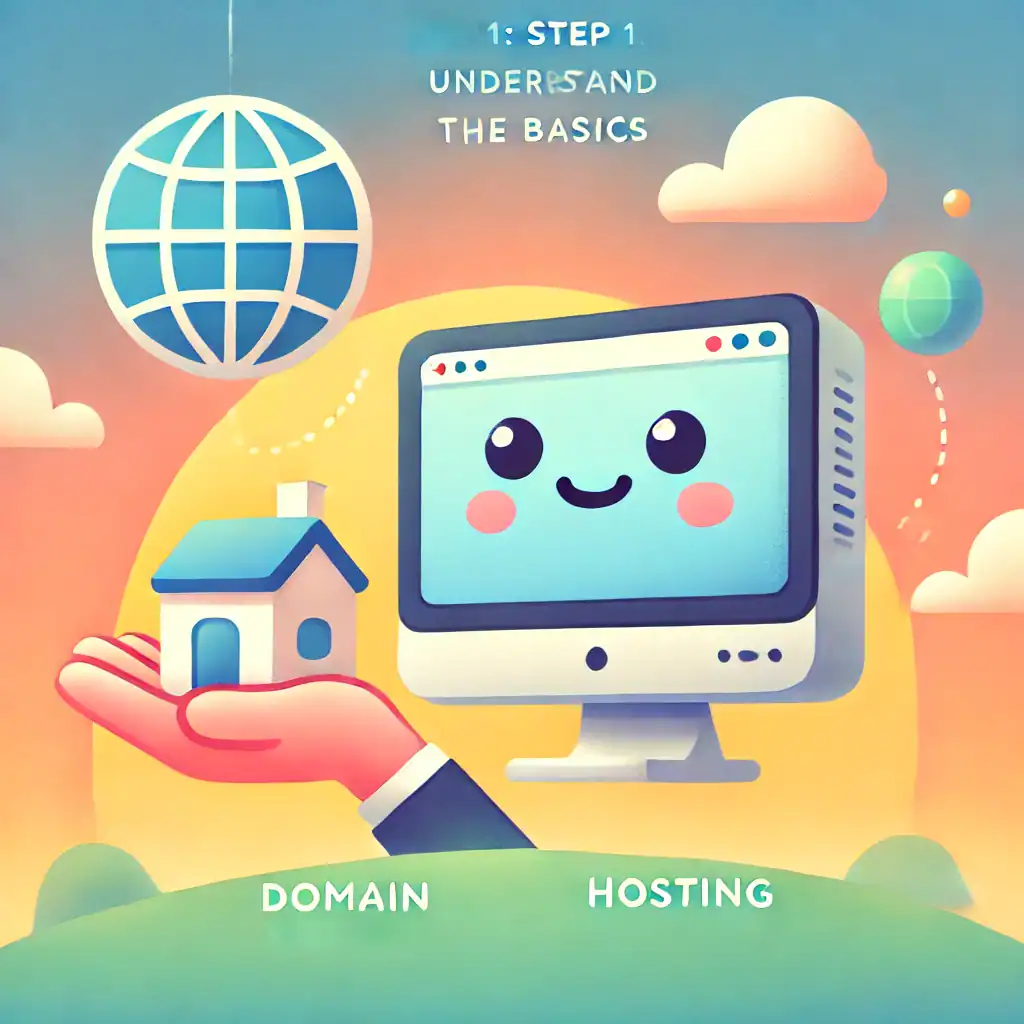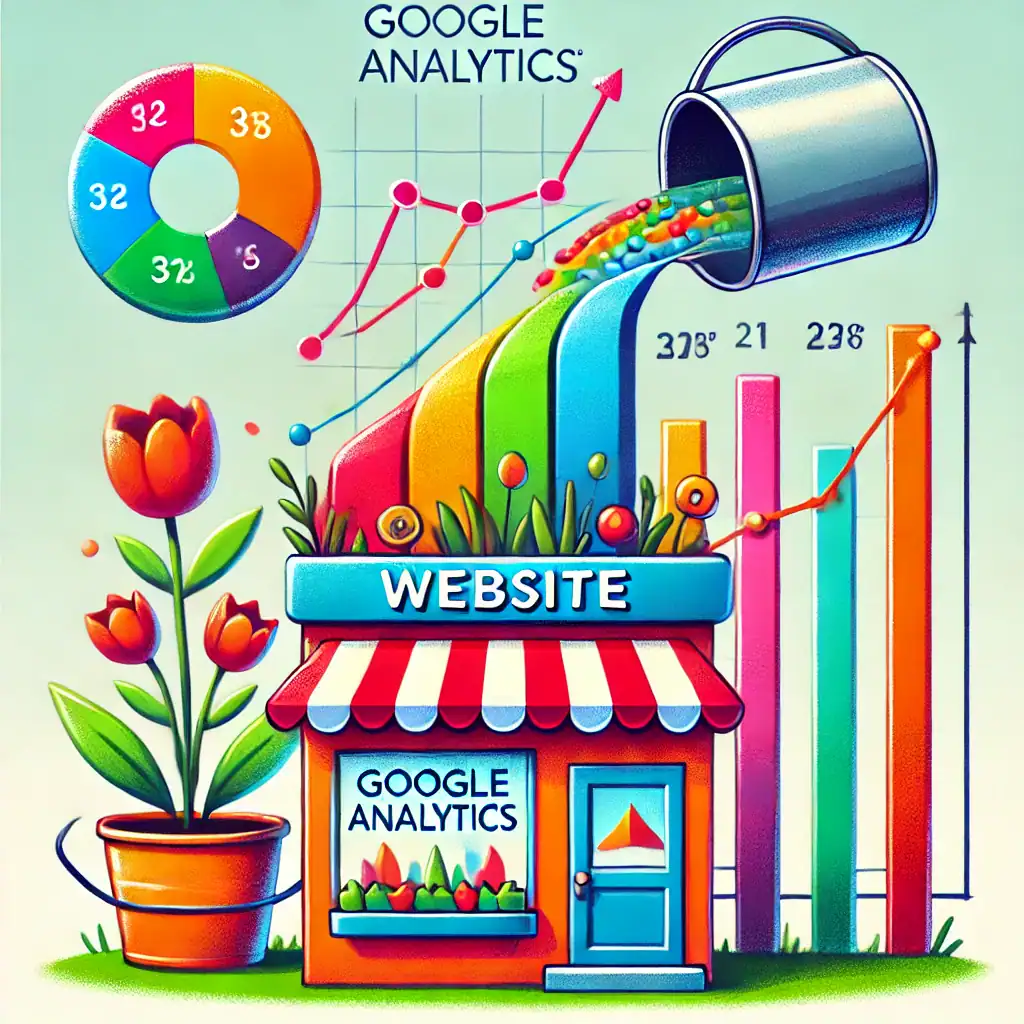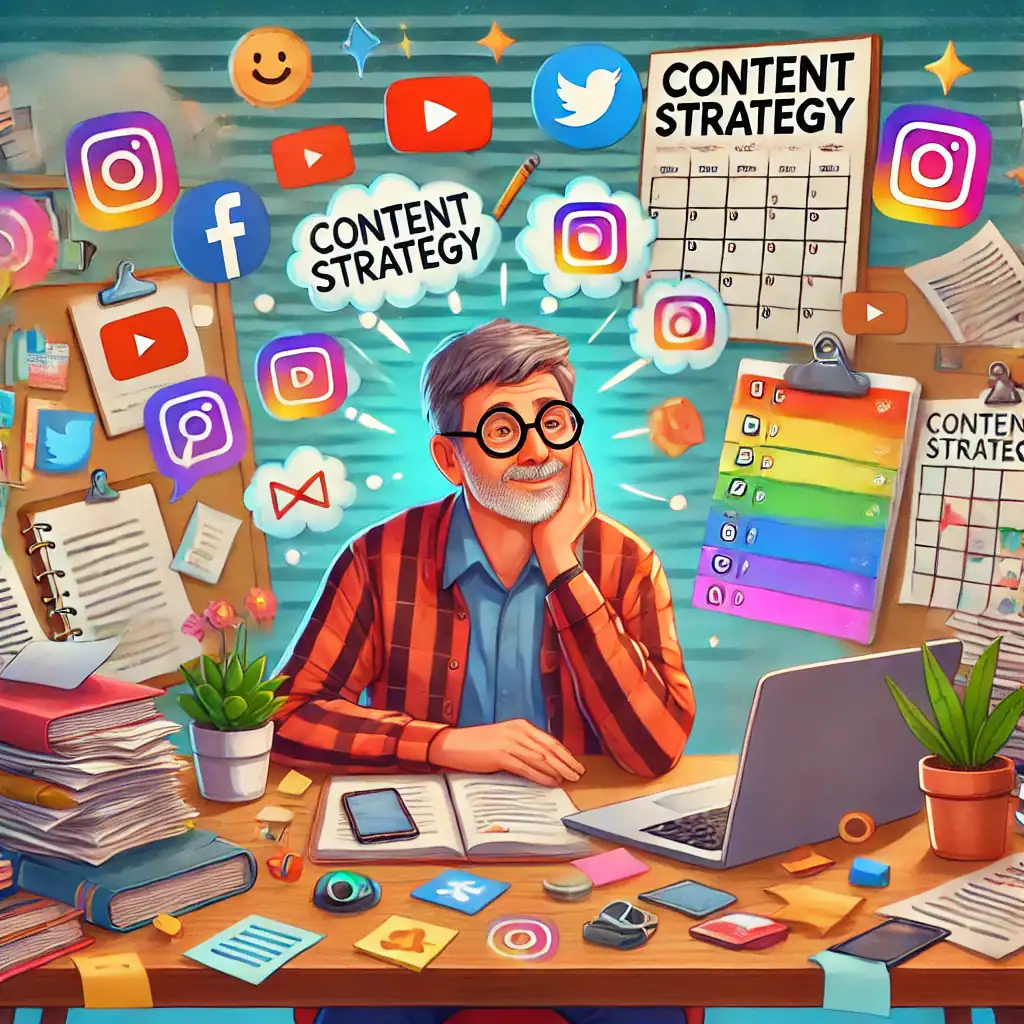How To Start A Blog In 30 Minutes
How To Start A Website In 30 Minutes
Choosing the Perfect Domain Name
Picking your blog’s domain name is an exciting first step—it’s like naming your new business or passion project. Your domain is your blog’s web address, such as www.getonlinestepbystep.com. It’s the identity people will associate with your website, so getting it right is important.
When choosing a domain name, simplicity is your best friend. Aim for something short, memorable, and relevant to your site’s niche. Avoid special characters like hyphens or numbers, as they can make your domain harder to share or remember. Imagine you’re starting a healthy cooking blog—something like cooksmartwithsam.com is catchy, easy to spell, and gives visitors a clear idea of what to expect.
Remember, your domain name is unique to you. There won’t be another one the same. It may be that the difference could be in the .com or .co.uk. Or it could be a hyphen or capital letter may be the difference. Finding the perfect domain name is important so don’t rush it. Always check the spelling before you buy and have a good look at how it looks in a domain name. For example the pen website ‘Pen Island’ looks very different as a domain name. Try it!
Finding and Registering Your Domain Name
To get your perfect domain, tools like Wealthy Affiliate’s SiteDomains make the process effortless. Simply head to the SiteDomains section, type in your dream name, and check what’s available. You’ll see options with different extensions like .com, .net, or .org—choose the one that fits your blog’s purpose best.
Once you’ve picked ‘the one,’ registering it takes only a few clicks. Wealthy Affiliate makes this process seamless by combining domain registration, hosting, and website-building tools, all under one roof. But don’t worry if you prefer to use a standalone service like Namecheap or GoDaddy—those are great options, too. Just remember, if you go this route, you’ll need to connect your domain to your website hosting platform after registering it.
Creating Your Blog Space
Now that you have your domain, it’s time to give it a home online—this is where website hosting comes in. Hosting provides the digital space where your blog’s files and content live, so visitors can access your site anytime.
Wealthy Affiliate simplifies this process by offering hosting as part of their membership. With their SiteRubix tool, you can get your blog live in minutes. Just follow these steps:
- Log in to Wealthy Affiliate and navigate to SiteRubix.
- Select your registered domain or use a free SiteRubix subdomain if you’re practising.
- Choose a blog layout (WordPress comes pre-installed, so no extra steps here).
- Click ‘Build Website,’ and your blog will be live almost instantly.
What makes Wealthy Affiliate special is how it saves you from juggling multiple platforms. Normally, you’d need to register your domain, find a hosting provider, and install WordPress separately. With Wealthy Affiliate, it’s all done in one seamless workflow, saving you time and effort.
Installing Helpful Plugins
Plugins are tools that add extra functionality to your site. Here are two useful ones to start with:
- SEO Framework: This helps optimise your blog for search engines, improving its visibility so people can find your content more easily.
- Akismet: A simple tool for blocking spam comments, keeping your blog clean and professional.
Installing plugins is easy—just navigate to the Plugins section in your WordPress dashboard, search for the plugin you need, and click ‘Install’ and ‘Activate.’
And Finally…
Starting a blog may seem like a daunting task at first, but with the right tools and a clear plan, it’s a straightforward and rewarding process. By choosing a strong domain name, setting up hosting, and personalising your site, you’ve already taken significant steps toward creating an online presence.
Remember, this is just the beginning. As you grow your blog, you’ll continue to learn, refine, and build on this foundation. Take it one step at a time, and enjoy the process of sharing your ideas and passion with the world. And if you’re using Wealthy Affiliate, don’t hesitate to explore their training and resources—they’re designed to support you every step of the way.
















